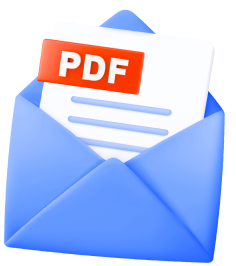
Best Regards variations and other common email closings to use
You have created your professional email with a masterful subject and friendly greeting that’s not overly familiar or too generic. Then you come to your sign-off.

Get a FREE guide!
Want to sound like a native English speaker?
Get our free PDF with top tips that work.

Check your email!
You have created your professional email with a masterful subject and friendly greeting that’s not overly familiar or too generic. Then you come to your sign-off. You might be stuck on which ending option to use so that you don’t sound tired or too formal. However, in many instances, “best regards” has been one of the most used email closings. Still, there are hundreds of other email closings that you may consider for all your professional and semiprofessional emails. And there are also different variations of endings with “regards.”
Best regards
It’s one of the widely used email closings when a note of formality is required. When compared to the ubiquitous “best,” it’s more formal.
Example:
Dear Jeniffer,
Thank you for our collaboration last week. Our team is satisfied with your work. We would like to offer you to take part in another our project. If you are interested in it please let me know when you are available for the meeting.
Best regards,
Tim Barton
Best
“Best” is the most ubiquitous email closing, which experts even recommend! It usually conveys best wishes in a pithy cheerful manner.
Kindest regards
This is a more formal variation of “best regards” used primarily on exploratory, introductory, and outreach emails. It denotes respect, and it’s a professional way to end your email.
Thank you
It’s similar to “with thanks” but more appropriate for a professional email.
Sincerely
“Sincerely” is a polite way to sign off. It’s most appropriate for a formal email. But when you use it for people you already know, it sounds excessively formal.
Respectfully
“Respectfully” is among the best choices when sending an email to high-ranking officials (authorities) in organizations. It’s associated with great respect so ensure it suits the circumstance.
Example:
Mr. Willson,
I am very thankful that you have agreed recently to be Director of my Diploma.
I attach the list of issues I would like to highlight in my graduation work. Hope to receive your feedback and remarks to them.
Respectfully,
Mary Johnson
Warmest regards
Just as warm regards, this is a sign-off with a touch of added heart.
Some of the semiprofessional email closings include cheers, yours truly, many thanks, faithfully, and thanks.
When you're involved in sending and receiving emails regularly, you must understand that the different email closings are used for various occasions, meaning you must always consider the relationship you have with the correspondence before you sign off.
















